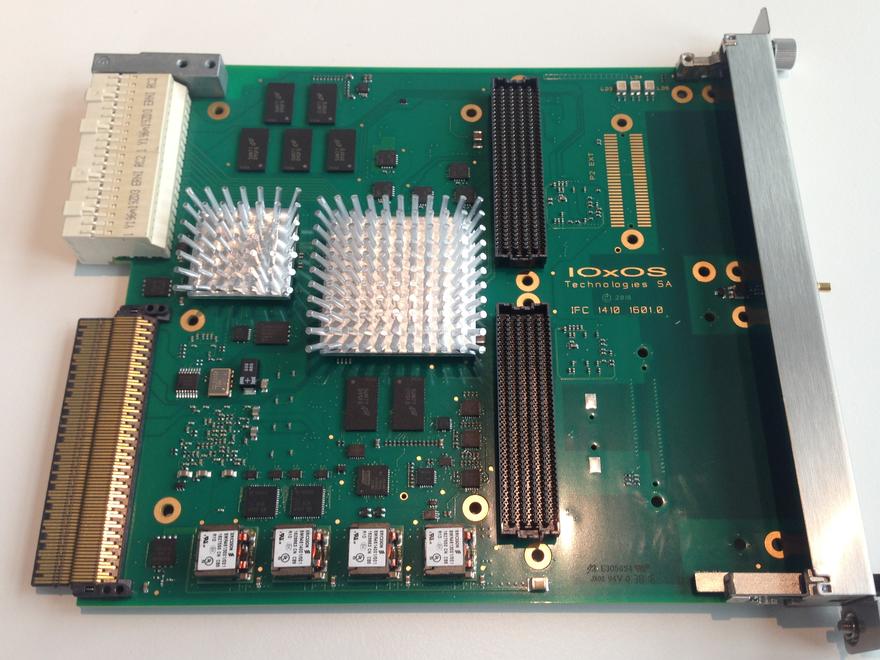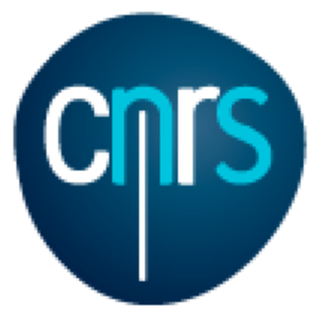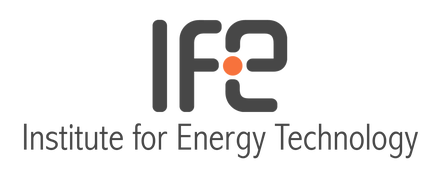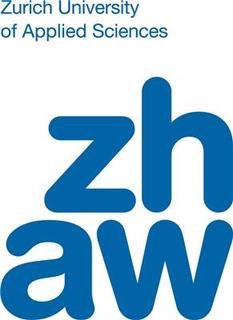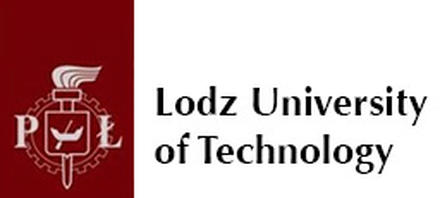
Integrated Control System
The Integrated Control System (ICS) for the European Spallation Source is a complex network of hardware, software and configuration databases that integrates the operations of all facility infrastructures. It is based on the EPICS framework.
The control system at ESS is essential for the synchronisation and day-to-day running of all the equipment responsible for the production of neutrons for the experimental programs.
It is a distributed system that is organised in multiple layers. The top layer represents the human machine interfaces and high level applications that connect to the Control Box, the middle layer, running the EPICS control system framework, and to additional services such as the Timing, Machine Protection and archival systems.

























